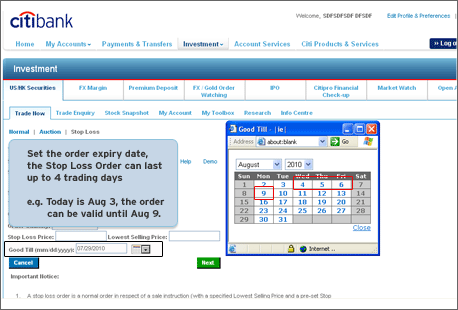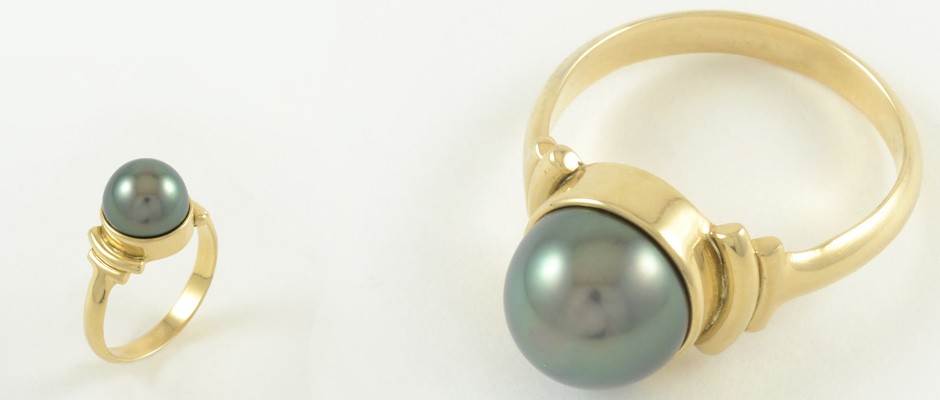How Stop Loss Orders Work
Post on: 16 Март, 2015 No Comment

M any seasoned investors and traders follow the mantra ride your winners and sell your losers fast. This is for good reason as stocks tend to be slow to rise, but quick to fall. To mitigate the risk of stocks dropping quickly, many investors use Stop Loss orders to automatically reduce losses or protect their gains.
What is a Stop Loss Order?
A stop loss order is a sell order but will only be executed under certain conditions defined the by investor. This type of order is typically used to minimize losses while holding onto a stock position.
Stop Loss Market Order
Clicking the sell button, and selecting the stop order type is a stop loss market order. Once the stop price is set, the broker will execute the sell market order once the stop price is reached.
For example, say you own 100 XYZ shares @ $10 and would like to set a stop loss order for $9. Once the sell order is set, it will only execute once XYZ reaches $9 at which time it will sell as a market order. The advantage of a market order is that the sell order will execute and fill. The downside is that your sell order is subject to market prices, which can potentially be much lower than your stop price.
Stop Loss Limit Order
A stop loss limit order is slightly different than the stop loss market order. When stop limit order type is selected both a stop price and the limit price is entered. Once the stop price is reached, the brokerage will execute a limit order at the predetermined limit price.
Using the same example above with 100 XYZ shares @ $10, a stop loss order of $9 and now a limit order of $8.90. In this case, once the sell order is set, it will only execute once XYZ reaches $9 AND there is a buyer @ $8.90. The advantage of this is that you have set a limit on your sell price, which removes the risk of selling at market which can potentially be much lower. The disadvantage is that the stop loss order may never be filled if it cannot find a buyer @ $8.90 thus defeating the purpose of downside protection.
Trailing Stop

What about the scenario where the stock price is rising, you want to let the stock run, but you dont want to give back all your gains in case the stock starts to turn over. In this case, you can use whats called a trailing stop order which will set a stop order when your position falls a certain percentage or dollar amount. The trailing stop will set a new stop price as the stock rises, but will trigger the order if it falls by the stop percentage or amount.
Keeping with the same example with 100 XYZ shares @ $10 but in this case, the stock is rising fast. Say that it makes it to $15 and you want to let it ride, but you dont want to give back all your gains. To set a trailing stop, you can either choose a percentage or a dollar amount, as well, as a market or limit order. Say that you would like to sell if the stock drops by 10%. Once you set that percentage in your discount broker trading interface, it will execute a stop order if the stock falls to $13.50 (10% x $15). If the stock continues to rise, it will automatically adjust the stop price upwards according to the set percentage or price.
Final Thoughts
Setting stops can be useful for traders, but for long term investors it may lead to prematurely exiting your position. For traders who have a set amount of risk per trade (maximum loss amount), then setting a stop may be a disciplined way to sell your losses early. Or alternatively, if your stock position has risen significantly, a loose trailing stop is useful to help ride and maintain your gains.
Back to you, do you use stop orders?














